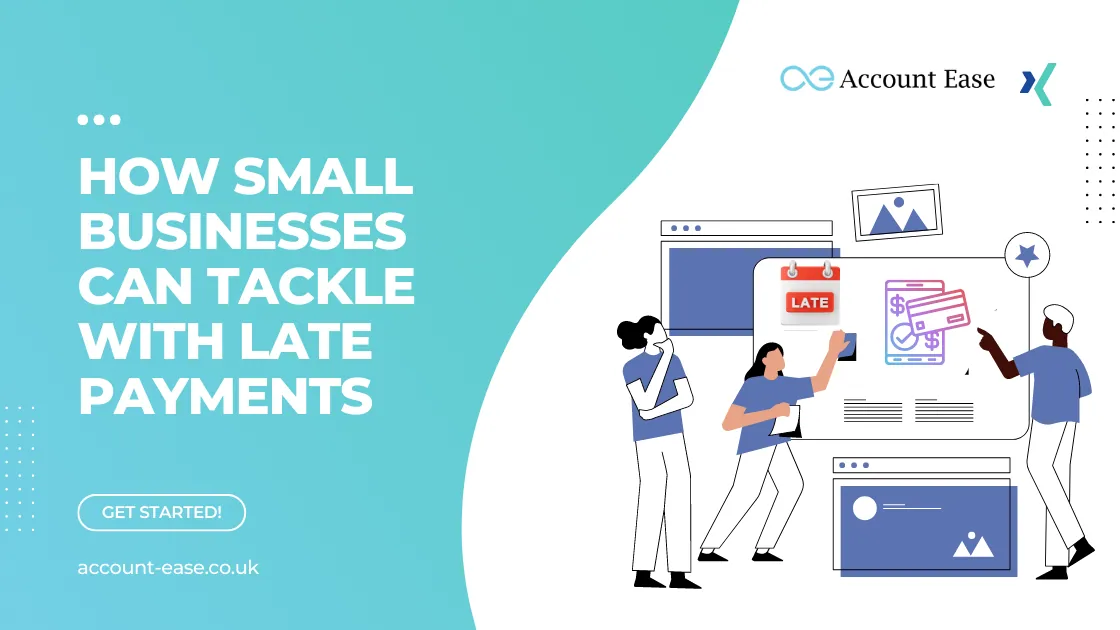Talk to any business owner and it is very likely that they will have been afftected from the late payment of an invoice at some point.
Research by the Federation of Small Businesses shows that a third of payments to small businesses are late with £6,142 the average value of those overdue bills. If small companies were paid on time, the economy could be boosted by around £2.5 billion annually and 50,000 more businesses could be kept open.
Unpaid invoices can have a significant negative impact on a business’ cash flow, so what can a business do to reduce the chances of late payment?
Research your customers
If your customers are other businesses, checking a potential client’s credit history to find out whether they have a record of late or missed payments can give you the heads up on any potential problems.
You need to convert leads to sustain and grow your operations. But that doesn’t necessarily mean you should agree to do business with anyone who comes through the door. Untrustworthy customers can quickly start costing your business dearly.
State your terms from the start
Agreeing payment terms with your client before you start delivering work means you can prepare for the impact on your cash flow.
When it’s time to issue the invoice, make your payment terms very clear so there is no confusion.
Outline how much the client needs to pay and by when.
Issue prompt and accurate invoices
Send your invoices as soon as work is delivered (or sooner if part of the agreement) and make sure they are accurate and contain all the necessary information. Make a mistake or leave off important details and it could delay the payment, particularly if a busy accounts department doesn’t let you know about an error.
For business-to-business arrangements, the Government website says invoices should include:
- a unique identification number
- your company name, address and contact information
- the company name and address of the customer you’re invoicing
- a clear description of what you’re charging for
- the date the goods or service were provided (supply date)
- the date of the invoice
- the amount(s) being charged
- VAT details if applicable (the amount of VAT charged, your business’ VAT number and a breakdown of the amount of VAT charged for each item on the invoice)
- the total amount owed
If your client requires you to include a purchase number, make sure you get the number in advance and include it on the invoice.
Using invoicing tools provided by online accounting software companies like Xero and QuickBooks can help to ensure accuracy of invoices and speed up the payment process.
Make it easy to pay
You should make it as easy as possible for your clients to pay so they don’t have the excuse of not knowing how to do it.
Make sure your full bank details are included on all invoices or offer more immediate options such as online payment services like PayPal.
If you are collecting regular payments from customers, using Direct Debits is a good solution. You can allow your customers to spread the cost of your product or service across the year. This should encourage them to pay on time, allow more customers to spend money with you and increase customer loyalty.
Build good relationships
Developing strong and friendly relationships with clients can help to minimise late payments.
For businesses providing products or services to other businesses, invoicing is often an anonymous process with email generic accounts@ addresses.
Try to get the name of an actual person who you can speak to if there are any problems or delays. If you’ve built a good relationship with an individual, they can put a face or voice to the name, It will make it harder for them to let you down and pay late.
Being a small business can be used to your advantage too. Larger companies may not realise the impact on smaller companies of paying a bill late. If you develop a good personal relationship with your client and they know you are running a small business, they might prioritise your payment.
If you have consumer customers, you should also maintain a good relationship through regular communication. As well as being clear about how much you charge and when you expect payment.
Send regular reminders
Regular reminders will help to ensure you are paid on time. Payment deadlines being missed can sometimes be due to a technical error or because the invoice has been genuinely missed. In those cases, a quick call to chase might solve the issue.
When chasing a payment, be polite but get straight to the point. Give them all the information they need such as the invoice number, the date the invoice was sent and when the payment was due.
Speaking on the telephone rather than sending an email can be beneficial as you’ll know for sure that the customer is aware that your payment is late.
You can also automate the reminder process by using online accounting software.
Monitor persistent late payers
Staying on top of those customers who often pay late is an important part of managing your cash flow.
Understanding customers who regularly miss invoice deadlines will help to ensure you identify any potential cash. flow gaps. Take steps to find other business opportunities to deal with it before it becomes a serious problem.
By using online accounting software and working with Account-Ease. You can use aged debtor reports to identify which customers owe you money and how much they owe.
Late payments have a negative impact on cash flow. If you need help with managing your cash flow, call us on 0208 133 4599 or use our askus@account-ease.co.uk

